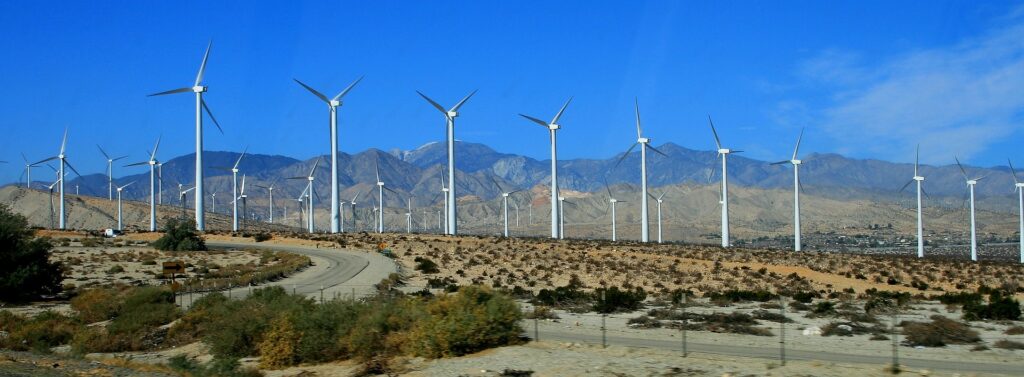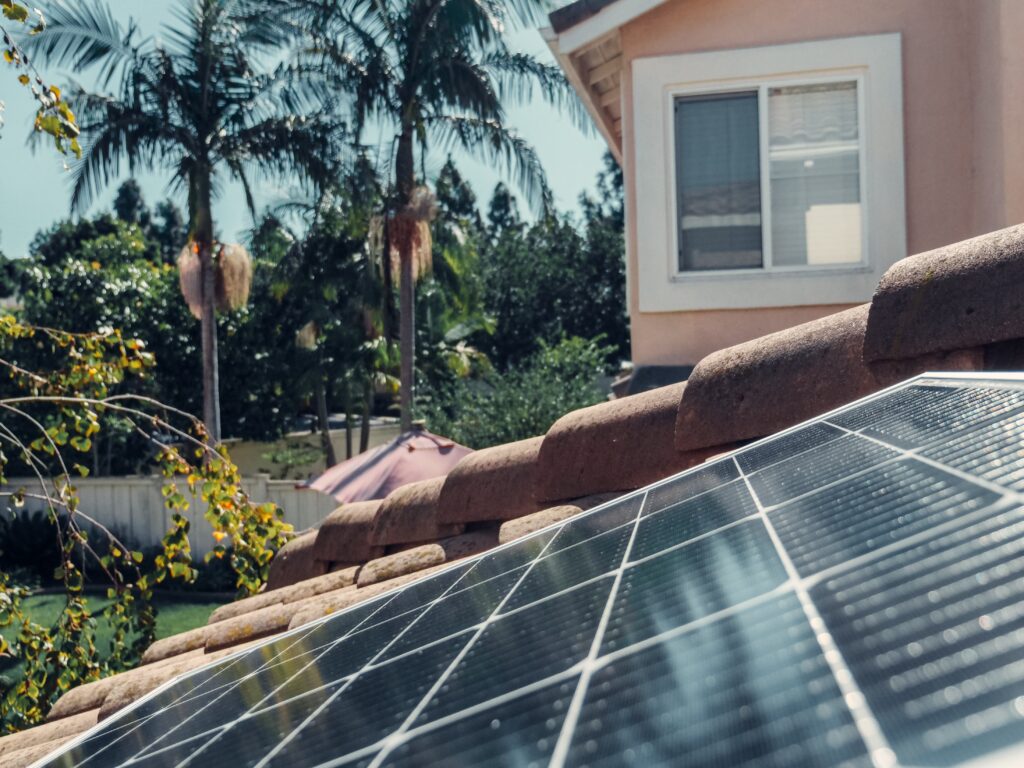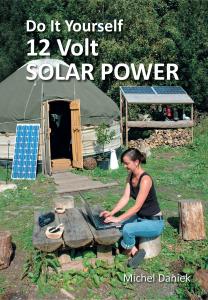
Image by Del Anderson, Pixabay.
California has become a global leader in renewable energy, pioneering ambitious policies and investments that have rapidly scaled up sources like solar, wind, and geothermal across the state. Just two decades ago, renewables played a very minor role in California’s energy mix.
Yet driven by both environmental and economic factors, the Golden State has undergone a dramatic transition that has seen California’s renewable energy expand exponentially even as its economy grew substantially.
Renewable energy now accounts for over a third of California’s electricity generation, up from just 11% in 2009. The state has enacted ambitious renewable portfolio standards, impactful efficiency programs, and pioneering legislation to reduce carbon emissions. This transformative shift has yielded considerable environmental payoffs in the form of plunging emissions from electric power generation.
At the same time, it has spawned vibrant growth in renewable energy industries, local cleantech jobs, and pioneering approaches to meet rising energy demand sustainably.
California’s journey towards a clean energy future still faces challenges, including further diversifying renewable sources, upgrading aging infrastructure, and maintaining affordable rates for consumers. However, the state’s committed approach has set an example for localities across the U.S. and beyond looking to tap into California renewable energy’s economic and environmental potential.
As the following sections will explore, a combination of ambitious goals, impactful policies, rapid technology advances, and public-private partnerships have enabled California to become a global renewable energy leader.
California Sets Ambitious Renewable Energy Targets

California has established some of the most ambitious renewable energy targets in the world for the past two decades. A landmark bill signed in 2002 put in place the nation’s first renewable portfolio standard (RPS), requiring electric utilities to source 20% of retail sales from renewables by 2017.
This goal was consistently expanded, reaching 33% by 2020, 44% by 2024, 52% by 2027, and ultimately 100% zero-carbon energy by 2045.
California’s 100% clean energy by 2045 mandate is one of the most ambitious in the world. Interim RPS targets strive for 60% renewables by 2030 and 77% by 2035. The state is currently on track to meet or exceed near-term RPS benchmarks.
Complementing the RPS, California has implemented a suite of pioneering policies to reduce greenhouse gas emissions and catalyze renewable energy growth. The Global Warming Solutions Act of 2006 authorized the creation of a statewide cap-and-trade program that places a limit on emissions while allowing trading of carbon allowances.
Revenues support investments in clean transportation, energy efficiency, and other climate-friendly initiatives.
The cap-and-trade program covers 85% of California’s emissions. Auction proceeds reached $1.4 billion in 2015 and are reinvested in clean energy. The Low Carbon Fuel Standard slashes the carbon intensity of transportation fuels.
Together, California’s ambitious goals and pioneering policies have spurred rapid expansion of renewable energy and steep emissions reductions, cementing its status as a global climate leader. At the same time, they have helped drive cost reductions that are making renewables ever more competitive.
Solar, Wind, and Other Sources Powering California’s Renewable Energy Growth
California’s dramatic expansion of renewable energy has been powered by impressive growth across a diverse mix of sources, especially solar and wind.
California retains its leadership as the top solar energy producer among U.S. states, contributing nearly 30% of the national total capacity. This is attributable both to the state’s abundance of utility-scale solar installations in ideal high-irradiation locations as well as the millions of distributed rooftop solar panels installed on homes and businesses across the state.
Experts estimate California’s cumulative solar capacity now exceeds 43,000 megawatts.
In parallel, onshore wind generation has also surged in California over the past decade, more than tripling between 2009 and 2019. This rapid growth demonstrates the state’s continued commitment to scaling up renewable energy.
Building on this momentum, wind power remains an integral component of California’s electricity portfolio moving forward to 2024 and beyond. Reliable and cost-competitive, wind energy will be key in helping the state transition away from fossil fuels towards a carbon-free grid.
Beyond the prolific solar and wind resources, California derives steady renewable power from sources like geothermal and biomass. The state’s existing geothermal plants provide reliable, around-the-clock zero-emission electricity to meet baseload needs. Meanwhile, its biomass facilities convert organic waste materials into a sustainable energy source.
Yet the impressive solar and onshore wind growth rates cannot continue indefinitely due to potential siting and transmission limitations. Therefore, California is proactively diversifying its renewable energy portfolio through other options such as offshore wind farms with immense untapped potential off the state’s lengthy coastline.
Community solar projects will also allow those without suitable rooftop access to share in the benefits. Grid modernization and distributed energy resource expansion can further integrate renewables at the local level.
Energy storage concepts additionally hold promise for mitigating solar and wind variability. Utilities are piloting large battery installations to balance supply and demand fluctuations.
Long-duration storage technologies that California is funding, like pumped hydro and compressed air facilities, can provide reliable services over extended timeframes.
Carefully tailored renewable energy mixes supplemented by storage may enable California to reliably satisfy rising electricity demand cost-effectively and sustainably while achieving its decarbonization objectives.
Ensuring Affordable, Reliable Clean Power for All Californians

Maintaining Affordable Consumer Prices as Renewable Costs Decline
While renewable energy costs have declined dramatically over the past decade, California still faces challenges when it comes to ensuring affordable electricity rates for all consumers as renewable penetration rises. The state has among the highest electricity prices in the continental U.S., driven by factors such as elevated transmission and distribution costs.
As California continues rapidly scaling up renewables, regulators must strike a balance between incentivizing deployment and keeping rates reasonable, especially for lower-income residents. The California Public Utilities Commission instituted a Climate Credit mechanism that returns cap-and-trade revenue to utility customers to help offset rate impacts.
Ongoing efforts to improve grid flexibility and demand response programs that adjust electricity use can also contain costs.
Upgrading Infrastructure to Support Reliability
To maintain renewable energy reliability as conventional power plants retire, infrastructure investments are needed in areas like transmission lines to renewable-rich regions and advanced inverters to stabilize distributed solar interconnections.
While driving rapid growth, California’s policies should be technology-neutral and emphasize performance-based incentives. Upgraded grid infrastructure can enable optimal integration of diverse renewable sources.
Expanding Consumer Access Through Community Choice Aggregation
Community choice aggregation (CCA) programs are expanding consumer access to customized clean energy options. CCA allows municipalities and counties to aggregate electricity demand within their jurisdictions for procurement directly from cleaner sources.
California currently has 25 operational CCA programs, serving over 14 million customers across more than 200 cities and counties throughout the state. By empowering local choice, CCAs can help fulfill pent-up consumer demand for clean power generation.
The Promise of California’s Renewable Energy Leadership
California’s transition to renewable energy holds many key takeaways for other states and nations looking to tap into clean energy’s tremendous potential. Driven by ambitious goals, impactful policies, and technological advances, the Golden State has simultaneously slashed electric sector emissions, built thriving renewable industries, and demonstrated that clean power can be reliable and cost-effective.
Though work remains to further diversify and balance its renewables portfolio, upgrade aging infrastructure, and maintain affordable rates, California’s committed approach has proven that dramatic change is possible in a short timeframe.
California is demonstrating that with the right incentives and long-term planning, major economies can successfully transition to renewable energy in a way that produces both economic prosperity and environmental benefits.
With its decarbonization efforts spanning renewable electricity, low-carbon transportation, and more, California’s renewable energy leadership is driving broader progress toward a clean energy future worldwide.
For individuals interested in implementing solar power systems in their own homes, the book Off-Grid, Grid-Tie, and Hybrid Solar Power Installation for Beginners (Joe, 2023) provides a comprehensive guide.
The book covers the basics of solar energy and simplifies the process of designing, installing, and maintaining a solar system to meet specific needs. With DIY instructions and buying advice, it empowers readers to harness the power of the sun to reduce energy costs and their carbon footprint.
California’s solar energy expansion shows that a renewables-powered future is within reach. With the right knowledge and commitment, we can all contribute to a cleaner energy system.
Check out Benz Joe’s Book on Amazon
Disclosure: This article contains affiliate links to products. We may receive a commission for purchases made through these links at no additional cost to you. All opinions are our own and we only recommend products we believe in that align with the topic and our readers’ interests.



